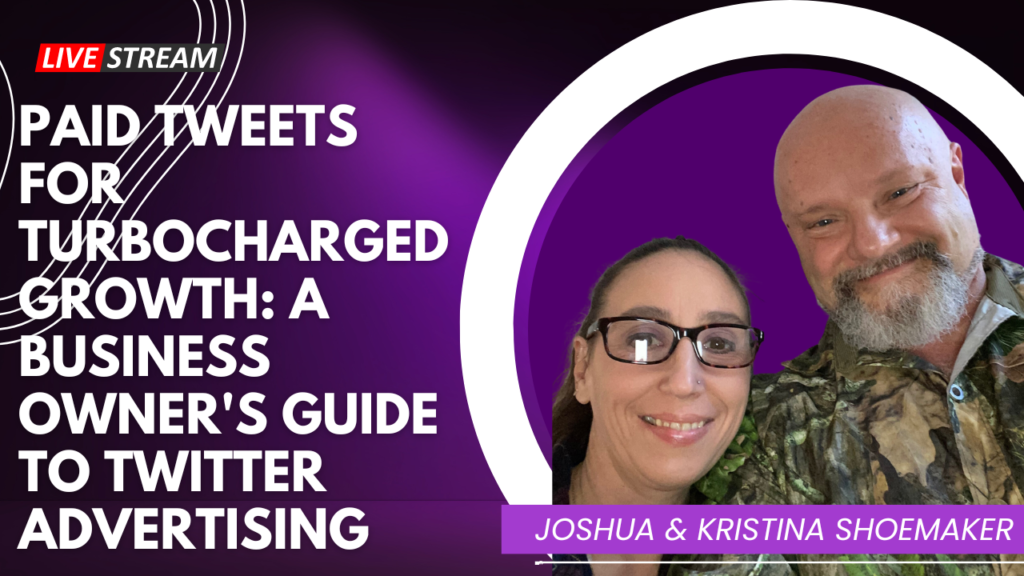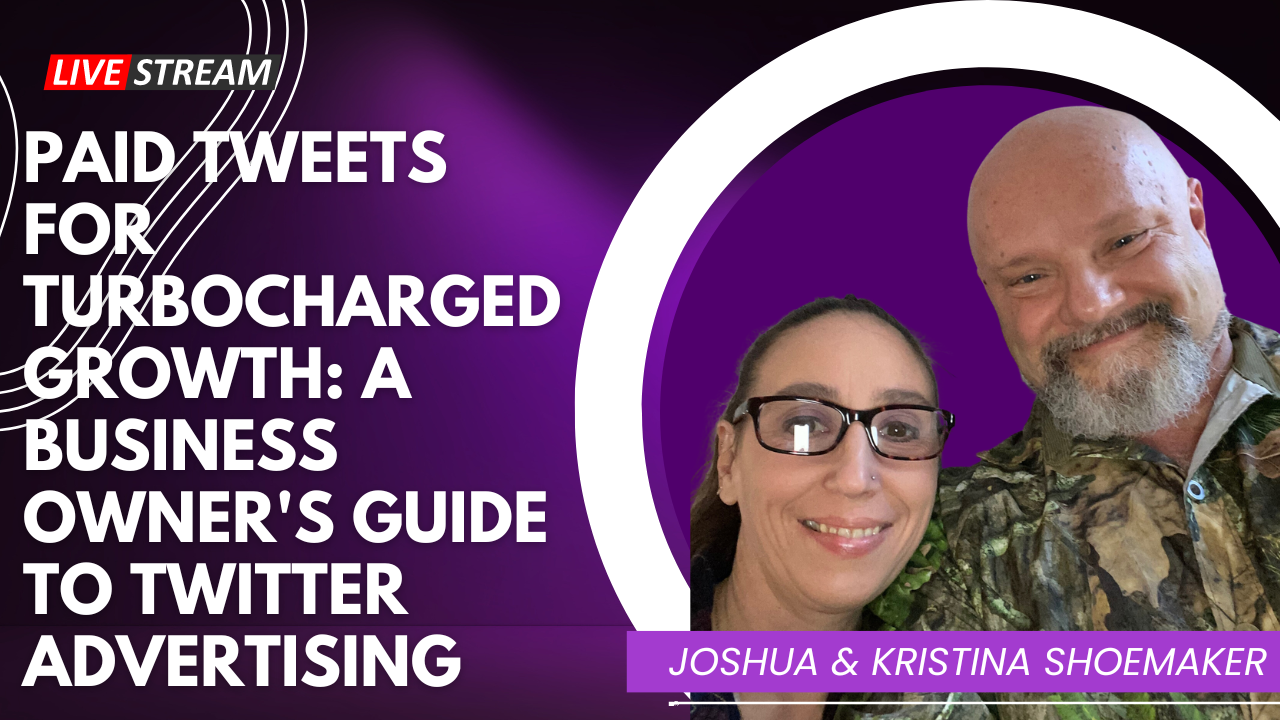
Twitter can be a goldmine for businesses. Its engaged audience, real-time conversations, and powerful targeting options make it a perfect platform to connect with potential customers and grow your brand. But in the crowded Twitterverse, organic reach alone can be limited. That's where paid tweets come in, acting as rocket fuel for your marketing efforts.
This guide empowers you, the business owner, to navigate the exciting world of Twitter advertising. We'll demystify the jargon, explore campaign types, and equip you with strategies to turbocharge your growth using paid tweets. Buckle up, and let's take your Twitter presence to the next level!
Why Paid Tweets? (More than just “followers”)
While building a strong organic following is crucial, reaching new audiences and achieving specific goals often requires a paid push. Here's why paid tweets are essential for businesses:
- Targeted Reach: Laser-focus your message on ideal customers based on demographics, interests, and behaviors. No more shouting into the void!
- Boost Website Traffic & Conversions: Drive targeted users to your website, landing pages, or lead capture forms.
- Increase Brand Awareness & Engagement: Get your brand seen by a wider audience and spark meaningful conversations.
- Generate Leads & Sales: Convert engaged users into paying customers through targeted lead generation campaigns.
- Promote Specific Products or Services: Highlight your latest offerings and drive targeted action.
- Build Brand Authority & Credibility: Paid tweets position your brand as a thought leader in your industry.
- Run Remarketing Campaigns: Reconnect with website visitors who haven't converted yet.
Choosing the Right Campaign Type: Your Tweet Arsenal
Twitter offers various campaign types, each with its own strengths:
- App Installs & Engagement: Encourage app downloads and drive in-app actions.
- Website Traffic: Increase website visitors and conversions.
- Brand Awareness & Video Views: Maximize brand exposure and video views.
- Pre-roll & In-stream Video Ads: Capture attention with engaging video placements.
- Lead Generation: Capture valuable leads directly within Twitter.
- Conversions: Optimize campaigns for specific actions like purchases or sign-ups.
The best campaign type depends on your specific goals. Start with a clear objective and choose the format that aligns best with it.
Crafting Compelling Paid Tweets: Words that Convert
Your tweets are your battle cry. Make them count! Here are some tips:
- Keep it concise and impactful: Aim for short, punchy tweets that grab attention instantly. Twitter's 280-character limit is your friend.
- Use strong visuals: High-quality images and videos can significantly boost engagement.
- Highlight a clear benefit: What value do you offer? Showcase it in your tweet.
- Include a call to action: Tell people what you want them to do next (visit your website, follow you, etc.).
- Utilize relevant hashtags: Join the conversation and increase discoverability.
- Test, test, test: Experiment with different formats, visuals, and copy to see what resonates best.
Remember, your paid tweets are an extension of your brand voice. Maintain authenticity and connect with your audience on a personal level.
Targeting Tactics: Hitting the Bullseye
Twitter's targeting options are powerful. Here's how to use them effectively:
- Demographics: Target users based on age, gender, location, and language.
- Interests: Reach users based on their interests, hobbies, and followed accounts.
- Behaviors: Target users based on their recent online activities and purchase history.
- Keywords: Show your tweets to users searching for specific terms related to your business.
- Follower Targeting: Reconnect with existing followers or target similar audiences.
Pro Tip: Combine different targeting options for laser-sharp precision. For example, target users interested in “marketing automation” who live in “New York City”.
Budgeting & Bidding Strategies: Optimizing Your Spend
Paid tweets don't have to break the bank. Here are some tips for managing your budget:
- Set a clear budget: Determine how much you're willing to spend upfront.
- Start small and scale gradually: Begin with a smaller campaign and adjust based on results.
- Choose the right bidding strategy: Optimize for clicks, impressions, or conversions depending on your goal.
- Monitor performance regularly: Track key metrics like cost per click (CPC) and cost per conversion to see what's working.
- Refine your targeting and creatives: Continuously adjust your approach based on performance data.
Remember: It's a marathon, not a sprint. Patience and data-driven optimization are key to success.
